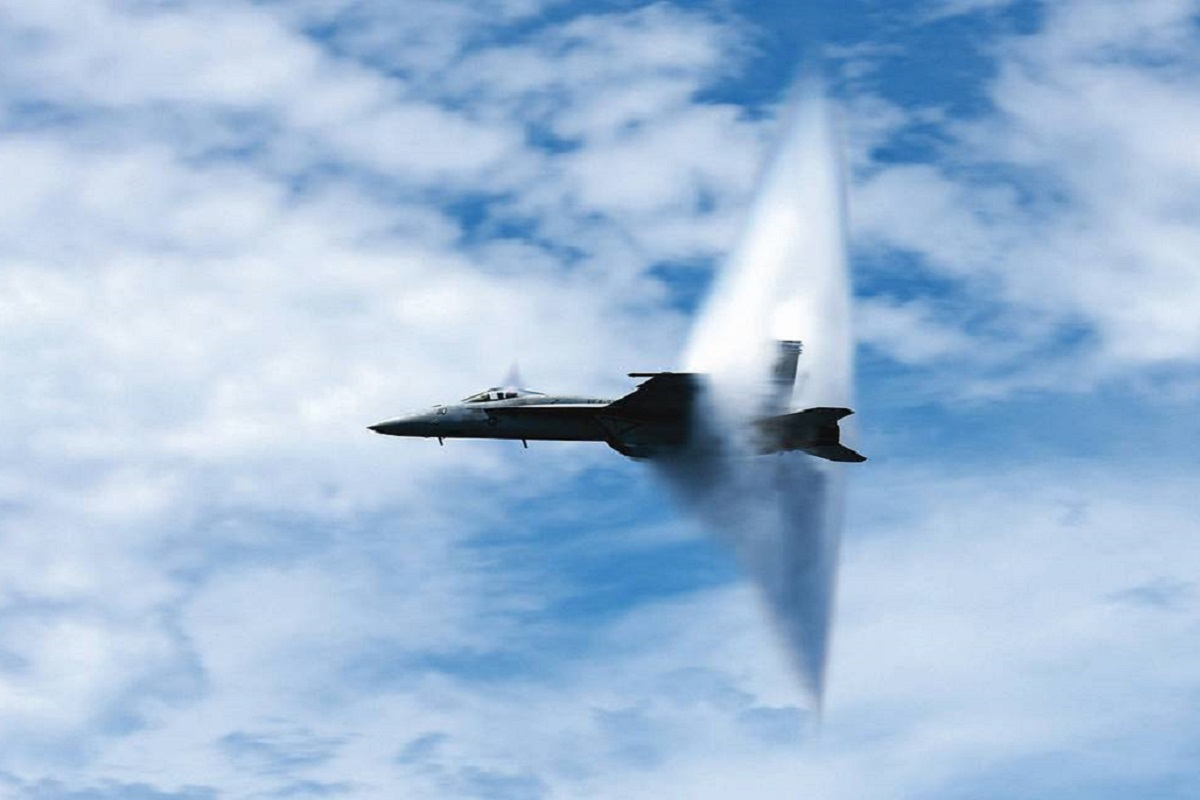TASS: A new theory to improve control of supersonic flights

This phenomenon can be used to influence gas flows near aircraft and control their flight at supersonic speeds.
The Russian News Agency TASS, 12 March. Russian physicists and mechanics have developed a theoretical model that describes the process of formation of microwave discharges in a gas and its heating to a high temperature. This phenomenon can be used to influence gas flows near aircraft and control their flight at supersonic speeds, as reported by the press service of the Russian Science Foundation.
"The proposed model is interesting both from a fundamental point of view and from an applied point of view, because it helps to predict optimal conditions for reducing gas density in supersonic flows. This enables us to control the speed and direction of movement of aircraft and therefore reduce the risk of aircraft crash," said Almaz Saifutdinov, Associate Professor at Kazan National Research Technical University, who is cited by the press service of the Russian Science Foundation.
Near aircraft moving at supersonic speeds, there are zones of point heating and changes in gas density, which can affect the direction and speed of the object’s movement, said physicists. Russian scientists have developed a theory to control the movement of gas flows arising during this heating process and use them to control the direction of flight.
The theory describes how ultra-high frequency pulses of microwave radiation interact with various molecules and atoms in air and other gaseous environments. Under certain environmental conditions, these discharges generate filamentary clusters of plasma, inside which the gas is heated to a temperature of about 830 degrees Celsius and higher.
The formation of these thread-like structures from plasma leads to the appearance of a large number of charged particles and to the formation of a rarefied region of space, which facilitates the movement of the aircraft and changes the trajectory of its movement. The Russian scientists have found out how this plasma filament is formed from a more rarefied accumulation of charged particles and determined at what speed it is formed depending on the composition of the gaseous medium.
The physicists hope that the theoretical model they developed and the calculation results obtained will help in the development of so-called plasma actuators, i.e. devices to control gas flows near the surface of flying and landing spacecraft. They are expected to significantly improve control over flights at supersonic speeds, the researchers concluded.

